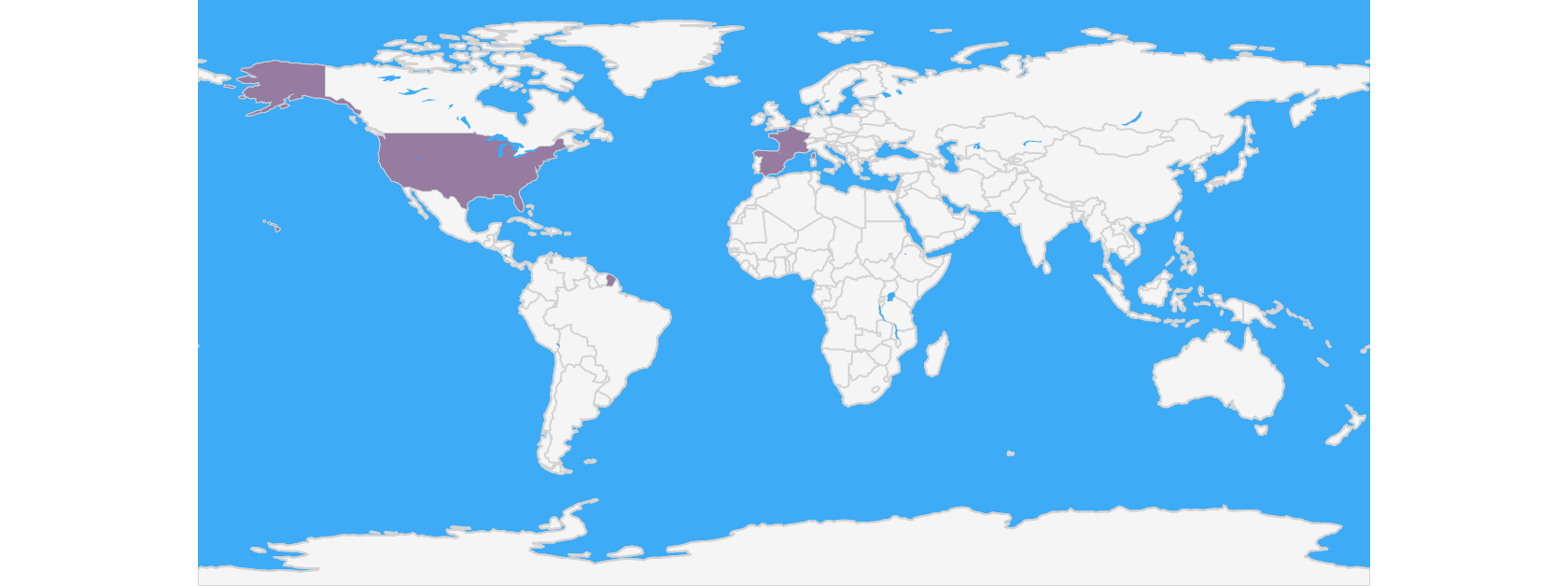Characteristics of Grenache Blanc
Grenache Blanc stands out for its generous body and unmistakable richness, delivering satisfying weight on the palate. High alcohol content contributes warmth and often a spice-driven finish, making each glass robust and full-flavored.
The texture is rich, plump, and broad, often enhanced by winemaking choices like lees aging, which lend a creamy, almost luxurious mouthfeel. In the glass, Grenache Blanc’s color ranges from pale straw to deep gold, and it can even show browning or bricking tints early on due to its natural tendency to oxidize.
What Does Grenache Blanc Taste Like?
Grenache Blanc’s flavor profile is shaped by its environment and winemaking choices. Cooler climates highlight crisp acidity and flavors of lime, tangerine, green apple, Asian pear, and green plum, complemented by herbal notes like fennel, thyme, and white flowers, as well as chalky or slate-like minerality.
In contrast, warmer regions coax out riper tones of white peach, nectarine, lychee, baked apple, and honeydew, with a fuller texture and elevated alcohol. Soils such as limestone, schist, or slate lend distinctive saline, flinty, or chalky minerality, while spice notes—ranging from cumin and white pepper to ginger—can derive from the grape, terroir, or oak aging; lees contact and fermentation choices further influence the wine’s texture and aromatic complexity.
Notable Region Grenache Blanc Grows In
Grenache Blanc’s character is deeply shaped by its regional origins, with each locale offering a distinctive lens on the grape’s structure, aromatics, and balance.
-
Spain – Terra Alta (Catalonia): The world’s epicenter for Garnacha Blanca, where high-elevation vineyards and limestone soils yield bold, mineral-driven wines with vibrant acidity and notable complexity.
-
France – Southern Rhône (Châteauneuf-du-Pape): Grenache Blanc is a cornerstone of white blends here, contributing richness and length, often complemented by notes of fennel and honeysuckle as the wines age.
-
France – Roussillon: Nearly half of France’s Grenache Blanc grows in this sun-drenched region, producing both dry and sweet fortified wines that showcase the grape’s adaptability and depth.
-
USA – California Central Coast: Particularly in Paso Robles and Santa Barbara, Grenache Blanc thrives in calcareous soils and cool climates, resulting in expressive, bright wines that highlight both richness and refreshing acidity.
Grenache Blanc Food Pairings
Grenache Blanc’s generous body and vibrant aromatics make it an exceptionally versatile partner for a wide range of dishes, from classic Mediterranean fare to globally inspired plates.
-
Seafood and Poultry: Lean, unoaked styles with crisp acidity and herbal notes shine alongside grilled shrimp, oysters, scallops, and herb-roasted chicken breast, enhancing both the freshness of the wine and the delicacy of the food.
-
Rich and Creamy Dishes: Fuller-bodied, oaked or lees-aged Grenache Blanc stands up beautifully to broiled lobster, roast pork loin, butternut squash risotto, and nutty cheeses like Comté or Gruyère, with the wine’s creamy texture amplifying the depth and richness of these plates.
-
Desserts and Bold Pairings: Sweet, fortified versions (VDN) are a natural match for desserts featuring nuts, caramel, or fruit—such as pecan pie or crème brûlée—and also pair elegantly with blue cheese, foie gras, or pâté, where the wine’s honeyed notes and full body balance the intensity of these flavors.


























